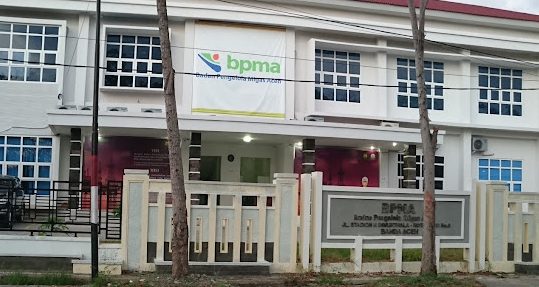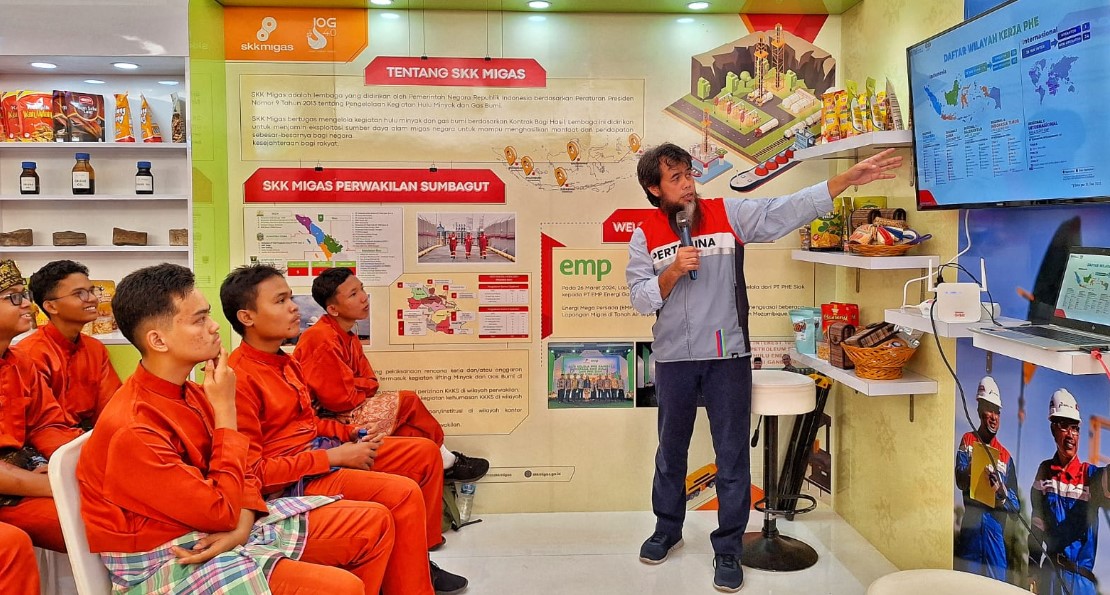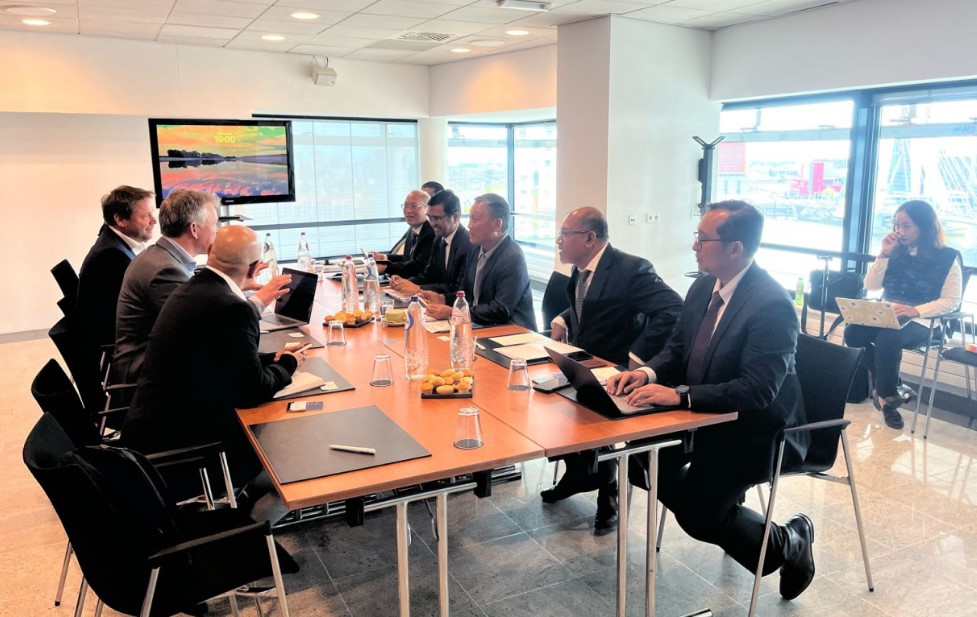The pandemic has forever changed our everyday lives and the world around us. We all now hold a different perspective of our surroundings, with vulnerability to natural phenomenon becoming more tangible.
While population growth, urbanization and globalization have driven the spread of the virus, these factors have also increased CO2 emissions and caused other negative environmental effects. Despite the need to focus on current challenges, we cannot forget about those in our future. Climate change is the single biggest challenge of all time, with almost two thirds of people around the world now viewing it as a global emergency. We can simply no longer ignore it.
In fact, we are the generation most capable of solving it. We actually might be the last generation that can change the course of the future and make the right steps to solving climate change. It is our job to use our knowledge and the tools around us to carry us through the fight for climate stability. These tools consist of new technologies which can lead to stronger resiliency. The two keys to solving this dilemma are: digital technology and electricity. We called it Electricity 4.0
The following interview with Roberto Rossi, Cluster President Schneider Electric Indonesia & Timor Leste gives more insight on how digital technology and electricity will help us to create more sustainable future.
- What is Electricity 4.0 and why is it important?
We all know that climate change is the biggest challenge of our generation, but how can we best tackle it? We need to start by re-thinking our relationship with energy, which is responsible for over 80% of the world’s carbon emissions. We firmly believe that the solution is a world that is more electric and more digital. At Schneider, we call this Electricity 4.0.
It is the convergence of electric and digital at scale. It is the fastest route to cleaner, smarter, more efficient energy.
Whilst many people are familiar with Industry 4.0, we set out to explain that over the last 250 years, the world has in fact gone through 4 technology-driven revolutions, impacting simultaneously the worlds of industry and electricity.
- Why is electricity the best energy source for a clean future?
In a race against time, electricity offers the fastest, safest, most cost-effective way to decarbonize our societies. From a purely practical perspective, in the developed world the means to distribute electricity already exists. To deploy alternative fuels at scale to our homes, offices and public spaces will take decades. Years in which we will see no reduction in emissions from the fossil fuels we would still have to rely on to heat and feed our populations.
Whilst electricity may not be the answer to every challenge (heavy industry, long distance travel), it is a proven energy source which can be generated cleanly and cheaply with continued investment in renewables such as solar, wind and hydro.
- Solar and wind powered renewable energy is already 50% cheaper than electricity from fossil fuels.[1]
- Electricity generation from renewables is 100% efficient with just 5-10% lost in transmission vs 60% loss/waste in energy produced from fossil fuels[2]. At the same time, there is a enormous 70% round trip inefficiency in the production of new potential energy sources such as green hydrogen.
- What is your view on electricity that has been derived from fossil fuels / nuclear?
Over 80% of the world’s energy demand is met by fossil fuels and is distributed through outdated systems that are passive and disconnected. Whilst we can’t move to a zero carbon energy mix overnight, we know that the technology exists to produce energy without emissions. It’s anticipated that renewables will grow their share of the electricity mix from 6% today to around 40% by 2040.
As we manage the transition to cleaner energy sources in the future, we should focus on the acceleration of renewables, avoidance of the most polluting fossil fuels (such as coal), and deploy digital technology to identify and eliminate waste, therefore reducing our dependency on production.
This shift to renewables will also help people around the world to access energy, whether that be in developed or developing countries. Renewables provide energy in a much more decentralized way, at any scale and in closer proximity to their point of use. Therefore, meaning fewer losses in transmission.
- What are the benefits of Electricity 4.0 for customers, partners, and industry?
Electricity 4.0 is the ‘fuel’ for the New Electric World, one which is more sustainable and more resilient.
Electricity makes energy green: It is the most efficient energy (proven to be 3-5 times more efficient than other sources) and it is also the best vector for decarbonization (we expect to see 6 times more electricity coming from renewables by 2040… from 6% today to 40% in the next 20 years). Our customers, partners and the wider industry look for ways to decarbonize, and Electricity 4.0 delivers measurable, sustainable outcomes with technologies that already exist today.
Digital builds a smart future. It makes the invisible visible, driving efficiency and eliminating energy waste. (More than 60% of energy produced is wasted. Efficiency is often overlooked, despite being one of the fastest ways to cut carbon emissions).
Electricity 4.0 is also future proof. Innovation today relies heavily on both electric and digital. From gadgets that make our lives better, to digital home-working, to e-mobility. And Schneider, as the most sustainable corporation in the world, is helping drive change in the world to make our customers’ and partners’ operations more sustainable.
- How does Electricity 4.0 benefit the planet?
Energy is responsible for over 80% of the world’s carbon emissions. Electricity 4.0 facilitates a shift to cleaner energy, while simultaneously eliminating energy waste.
What’s more, the digital grid, which is quickly becoming the bloodline of today’s digital world, will be capable of supporting a 75-85% decarbonized power generation mix, enabling bi-directional decentralized power transfers. In the future, this innovation will allow consumers and companies alike to generate their own clean, plentiful energy through renewables and microgrids, which could even be sold back to the market or stored for future use.
- Are there any infrastructure/energy grid modifications required to be able to support Electricity 4.0?
The digital grid, optimized through Advanced Distributed Management Solutions (ADMS) and IT-OT platform integration, can support a 75% decarbonized power generation mix and enable proactive outage prevention.
Electricity 4.0, the combination of electric and digital, will fuel the bi-directional decentralized energy grid of the future. Consumers and companies alike will be able to generate their own clean plentiful energy through renewables and microgrids to use, store or even sell back to the market.
Investing in new energy opportunities and distributed energy resources (DERs) can improve the responsiveness, agility, and reliability of the grid as the world moves to electric vehicles and electrifies cooking and heating at pace.
As cooking, heating, personal transportation, and industry is unceasingly looking to decarbonize through electrification, the requirements of grid resilience will rise in line with the increased connectivity, digitization, and sustainability efforts. The grid must modernize to meet the needs of the New Digital World.
- How can Indonesia take advantage of Electricity 4.0 in order to achieve the SDG targets?
Indonesia is one of the countries in Asia that has enormous potential in terms of the production and use of renewable energy, as well as the reduction of greenhouse gas emissions. In terms of penetration of digital technology, especially in the industrial sector, the Government of Indonesia is also quite aggressive in facilitating and encouraging local industry players in digital transformation. Indonesia’s electrification ratio which has reached 99.3 percent and internet penetration more than 70 percent nationally, Indonesia already has the basic capital in the implementation of Electricity 4.0.
Of course, this needs to be accompanied by infrastructure development and HR competency development. Infrastructure development includes digital infrastructure, electricity infrastructure and renewable energy infrastructure. In terms of HR competency development, it includes training and support for learning support facilities and infrastructure.
- How does Schneider Electric support Indonesia in implementing Electricity 4.0?
For more than 45 years, Schneider Electric have been committed to Indonesia by dedicating its knowledge, expertises and innovation in energy management and automation to provide quality power that are safety, reliable, efficient and sustainable; as well as contributing to local economy and talent development by establishing four factories in Indonesia, employs more than 3,800 Indonesians and knowledge transfer & young talent development program.
Since 2018, Schneider Electric has being a working partner of the Ministry of Industry and Ministry of Education and Culture for the acceleration of Making Indonesia 4.0 both in. conducting training and mentoring for industry players; as well as developing competencies for Vocational School (SMK) teachers and education personnel on energy management, automation and renewable energy. Not only providing training, Schneider Electric and the Ministry of Education and Culture also revitalized laboratory facilities gradually in 184 Vocational Schools throughout Indonesia until 2022.
Recently, in last July, Schneider Electric through Schneider Electric Energy Access Asia (SEEAA) provided equity investment in Xurya, early-stage renewable energy startup in Indonesia that focuses on clean energy solutions. SEEAA is an impact fund dedicated to investing in start-ups that work towards increasing quality of life and boosting economic development in Asia. This investment is introducing the ‘local’ pillar in Indonesia where we promote country initiatives and enable our employees and partners to engage more in our sustainability practices.
References :
[1] BNEF 2020
[2] IEA/WEO, 2019




